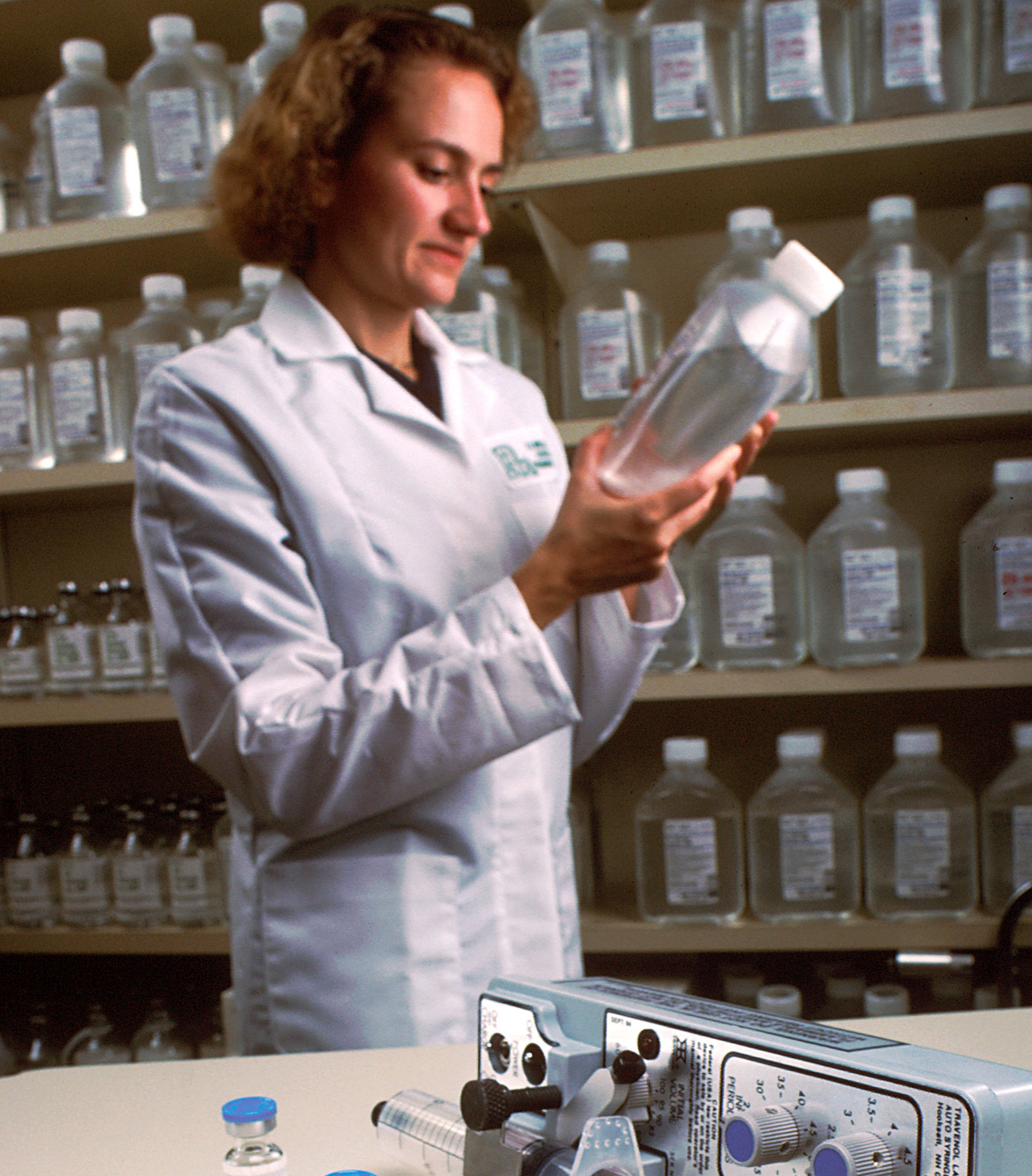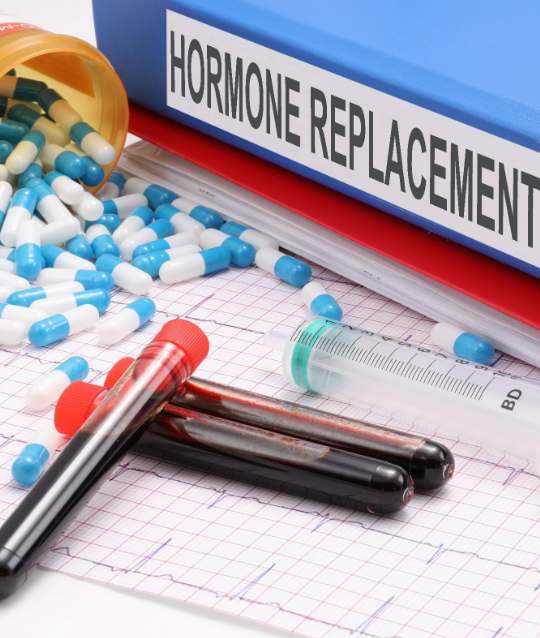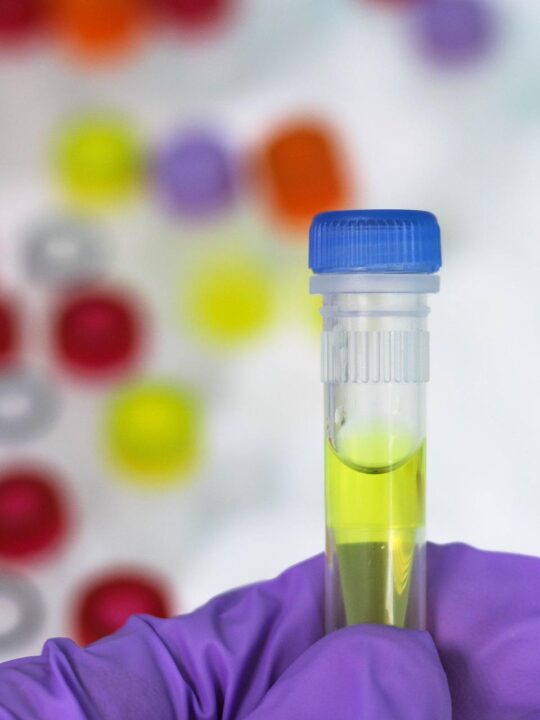 A pharmaceutical distribution acts as the middle man between the manufactures and the stores that are selling this medication. Not only do they help to circulate medication, but they help to regulate this as a result. In this article, we will be looking further into the role of a distributor as well as how technology has revolutionised the process at this time.
A pharmaceutical distribution acts as the middle man between the manufactures and the stores that are selling this medication. Not only do they help to circulate medication, but they help to regulate this as a result. In this article, we will be looking further into the role of a distributor as well as how technology has revolutionised the process at this time.
The Difference Between Manufacturers And Distributors
When looking at the distribution of medication, it is important to remember the core difference between the manufactures and the distributors. The manufactures are those that make the drugs in the lab and the distributors are those that send it to the shops and pharmacies. They are responsible for placing orders, tracking the medication in circulation as well as reporting the amount of that is being sold and were too.
How Do Distributors Affect The Supply Chain?
Distributors affect the supply chain as they allow for the easy distribution of medication across a number of different shops and medical facilities. This speeds up the process and ensures that the amount of medication in circulation is monitored to ensure that there are safe dosages. This is crucial as this is regulated by governments and can be determined by several elements. With a number of automated systems as well as an order tracing process, this has helped to revolutionise the supply chain at this time and helped to make the distribution of medication much more regulated.
How Has Technology Revolutionised This Supply Chain?
Technology has revolutionised the supply chain as this time and has revolutionised the supply chain as a whole. From the delivery trucks to the online systems, this has helped to revolutionised a supply chain. In addition to this, technology has revolutionised pharmaceutical distribution as technology has allowed for online websites to distribute medication to those that need it online. This has meant that delivery has needed to be significantly faster. This has, therefore, meant that companies such as distributors have had to adapt in order to provide the medication that they need for restocks as quickly as possible over time.
Another area in which technology has had such a deep impact is within the practice itself, helping the staff to keep on top of their stocks and inventories. With the increase in deliveries and the speed at which they take place it is more important than ever before that no mistakes or mixups occur which can result in a patient being given the incorrect medicine. To avoid this, many medical practices and pharmacies will make use of a medication scanner which can accurately read barcodes to ensure that they can be verified correctly and matched to the right patient’s file. This can help to avoid any potentially fatal mistakes, as well as keeping everything moving as quickly as possible to ensure maximum efficiency.
How Has It Revolutionised Efficiency?
Efficiency is key to any business and the supply chain for pharmaceutical distribution is no different. But with the technology making it more streamlined than ever before, the distribution time is less than ever before. With the life we are all living during this unprecedented time, the need for online delivery and efficiency has increased substantially. This has helped to revolutionise pharmaceutical distribution and has helped to make the distribution process as a result. However, with the times changing and more of us relying on the internet for shopping and ordering medication, could this be the beginning of major change in 2020?
With this in mind, there have been major changes to the distribution method as well as the improved communication between both the manufactures and the distributors this is a promising time for the industry leaders at this time.







